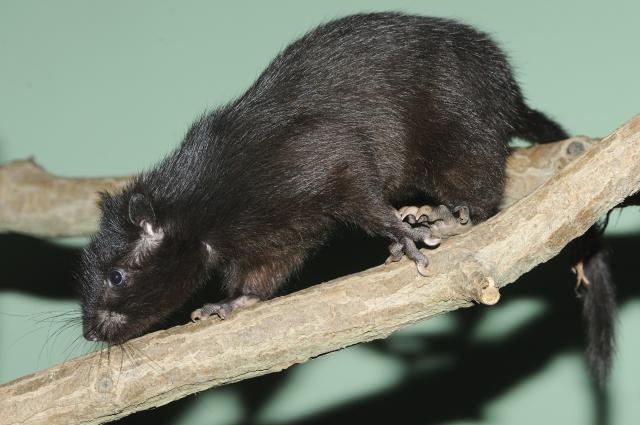
Researchers have discovered as many as 28 new and unique species of mammals on the island of Luzon, in the Philippines. As a result, the tropical Philippines island has been named the home of world’s greatest concentration of unique mammal species, according a paper published in Frontiers in Biogeography.
Prior to the study, the researchers were aware of 23 unique non-flying mammals on Luzon. However, since beginning the study back in 2000, the researchers discovered 28 mammals that are endemic to the island. This new discovery brings the total number of endemic mammals known to live on Luzon, up to 52. The researchers refer to these two distinctive groups of mammals as “cloud rats” and “earthworm mice.”
“All 28 of the species we discovered during the project are members of two branches on the tree of life that are confined to the Philippines,” explained study co-author Eric Rickart in a statement.
Among the many new discoveries made by the researchers during their 12 years in the field, is a mouse with whiskers that extend down as far as its feet and a bat that is small enough to sleep in the hollow gaps inside bamboo stalks.
“There are individual mountains on Luzon that have five species of mammals that live nowhere else. That’s more unique species on one mountain than live in any country in continental Europe. The concentration of unique biodiversity in the Philippines is really staggering,” he says.
The island of Luzon is an extremely old volcanic island, which rose from the sea around 27 million years ago. According to the authors of the study, this enabled the creatures that inhabited the island to evolve in isolation over an tremendous timescale. This isolated environment differs from that of which the predecessor species inhabited, giving way to genetic changes to allow the species to adapt to it’s new ecosystem, resulting in a huge degree of speciation.
The Island’s landscape includes mountaintops, which the scientists refer to as “sky islands.” As the animals of each of these peaks are cut-off from one another, each of the peaks has become home to a number of species that are not only endemic to Luzon but the individual peaks themselves.
“The animals are isolated high on the scattered mountains, so they inevitably diverge,” explains project leader Lawrence Heaney from The Field Museum in Chicago. “Given enough time, you begin to see huge biodiversity.”
However, the island’s mountaintops are not the only location on the island that is home to a number of species that are endemic to a singular area on the island. The researchers identified a total of eight centers of local endemism on the island, during their 12 years in the field.
Upon discovering these species, the researchers set out to better understand the conservation status of the animals that are native to the island.
“We learned that quite a few of the species are seriously threatened by habitat loss and over-hunting, but none are yet extinct,” said team member Danny Balete, also from the Field Museum. “The Philippines is one of the most heavily deforested countries in the tropics; only about seven percent of the old-growth tropical forest is left. We learned that quite a few of the species are seriously threatened by habitat loss and over-hunting, but none are yet extinct.”
The human population on Luzon stands at around 50 million people, including about 23 million in greater Manila, the country’s capital. Meanwhile, only about 7 percent of the island’s old-growth tropical forest remains.
“Protecting all of these species from extinction is going to be a big challenge,” said Balete.
Image: Jaroslav Vogeltanz/wikipedia
You want to support Anonymous Independent & Investigative News? Please, follow us on Twitter: Follow @AnonymousNewsHQ
This article (Researchers Discover 28 New and Unique Mammals on Philippines Island) is a free and open source. You have permission to republish this article under a Creative Commons license with attribution to the author and AnonHQ.com.




